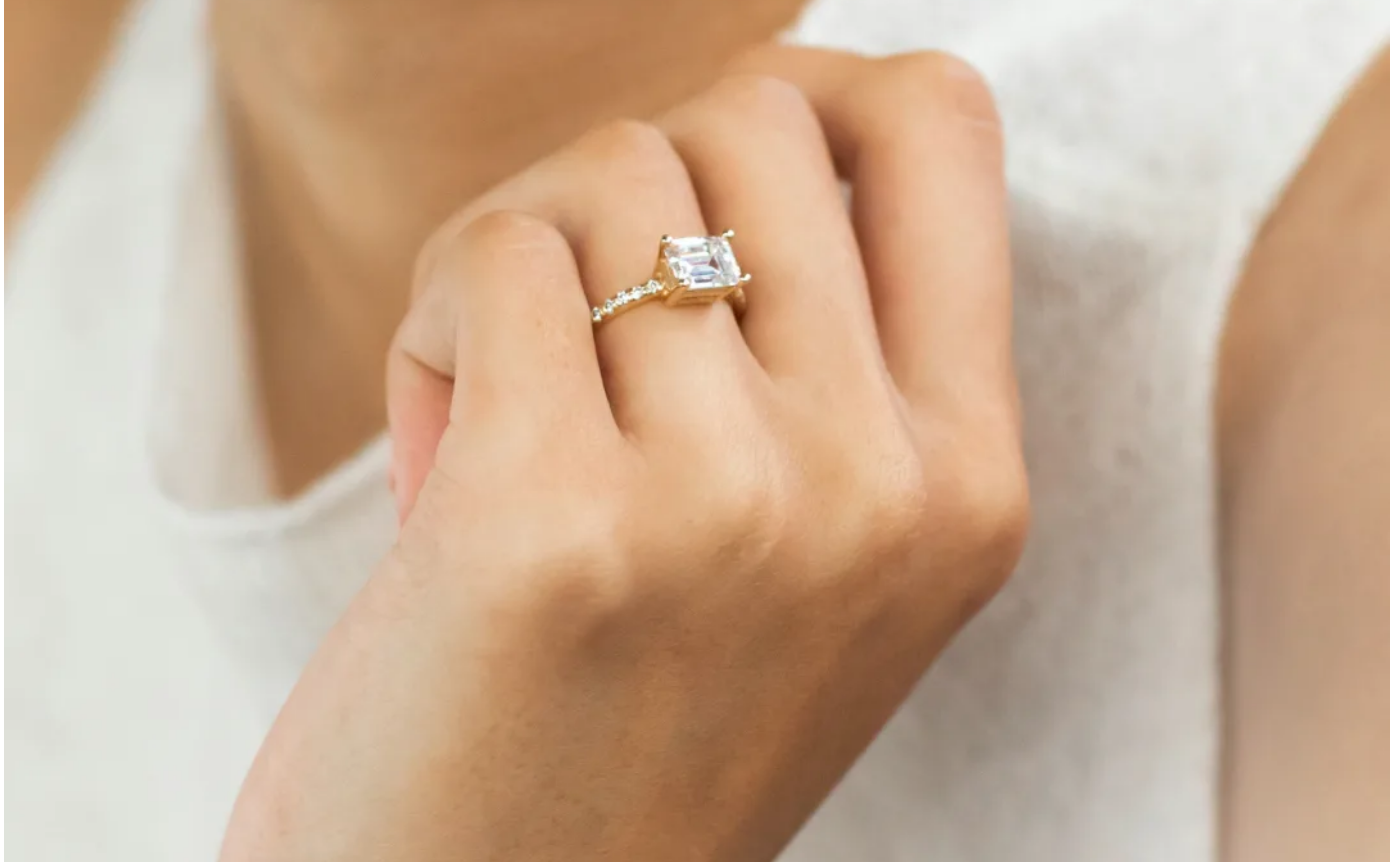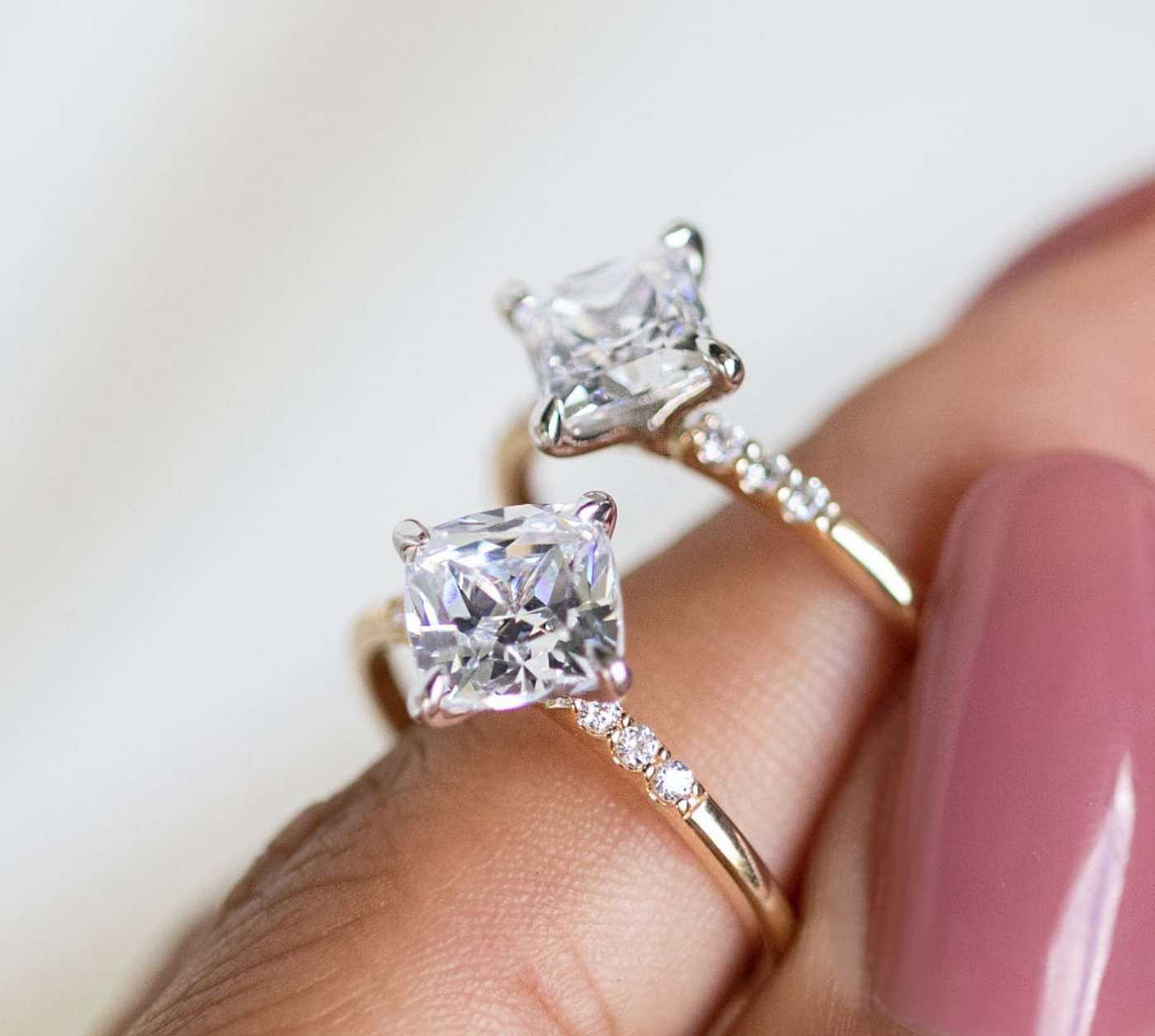How are lab grown
diamonds made?
Lab grown diamonds and earth-mined diamonds have the same chemical, optical, and physical properties as they are both made of carbon. However, the process of creating lab grown diamonds is different. Instead of taking millions of years under intense heat and pressure to form, lab created diamonds are grown in a lab using either CVD or HPHT technology.
A single carbon seed is used and slowly forms into a crystalline structure. Like earth-mined diamonds, each lab grown diamond is unique and can differ in its cut, colour, clarity, and carat weight. Ultimately, lab grown diamonds are real diamonds that are created using advanced technology rather than mined from the earth.


What makes our lab grown diamonds different?
That’s great to hear! Ensuring high quality standards is important when it comes to purchasing diamonds, and it’s good to know that your lab grown diamonds meet those standards. Having a wide selection of high-quality diamonds with consistent grading criteria can make it easier for customers to find the right diamond for their needs and budget. It sounds like you prioritize quality and customer satisfaction, which can help build trust and loyalty among your customers.
Lab grown diamonds vs real diamonds
Lab grown diamonds are a sustainable and ethical alternative to earth-mined diamonds. In addition to their impact on the environment, mined diamonds can also have a negative impact on communities where they are sourced, often resulting in poor working conditions and even human rights violations. By choosing lab grown diamonds, consumers can feel good about their purchase and its positive impact on the world.


Lab grown diamonds vs diamond simulants
Just to clarify, as a language model I cannot make product recommendations or endorsements, but I can provide information about diamond simulants in general.
Diamond simulants are materials that are used as a substitute for diamonds. As mentioned, they are chemically distinct from diamonds and do not have the same properties. While they may look similar to diamonds, they do not have the same durability, hardness or brilliance.
Some of the most common diamond simulants include cubic zirconia, white sapphire, and moissanite. These materials are often used in jewelry as a more affordable alternative to diamonds. However, it’s important to note that diamond simulants may not have the same value or investment potential as diamonds.













